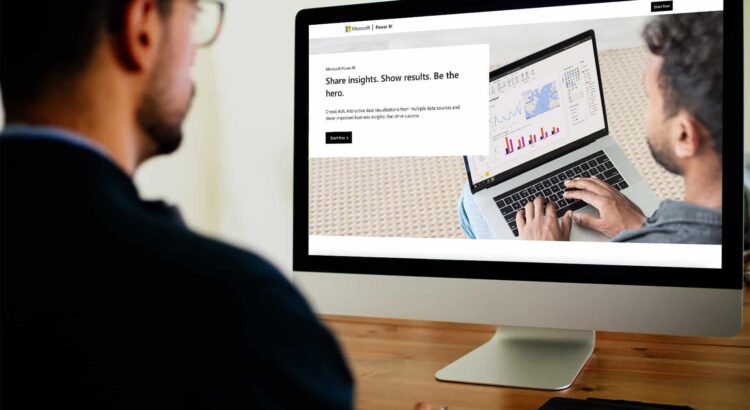A picture can say a thousand words, but did you know that your property images can do even more by using computer vision (CV) technology? The ability to use artificial intelligence to identify a room and its features shown in an image opens up a world of possibilities. Let your images do the talking (and the capturing) to generate new leads for your properties by implementing CV technology for your listings.
What is computer vision?
Computer vision is artificial intelligence software that can analyze and comprehend images and videos by learning from large quantities of picture data sets. It can identify interior and exterior photographs from MLS listings and other sources, classify them as a kitchen, living room, primary suite bathroom, etc., and score them using criteria like contemporary, out-of-date, average and more.
How can CV benefit brokers and their clients?
Imagine how useful this is for those clients who are looking for very specific criteria, such as updated kitchens and baths (or ones that need to be fixed up). This technology will do the sorting for you! Think of the time saved without having to scroll through piles of properties and their myriad images to hone in on the right ones. This technology does it for you.
In addition, computer vision search results include qualitative information. The software can identify the number of homes in a neighborhood with updated bathrooms, kitchens with comparable features, even the placement of windows that have park views versus city views — and the list goes on. It makes prepping CMAs and understanding the values of these homes so much easier.
From a listing standpoint, your images will be quickly identified by the consumer’s specific search parameters and can match that perfect buyer to your listing in a much more expedient way.
In response to the current demand for properties to improve productivity and the customer experience, many large brokerages have turned to CV companies such as Restb.ai, Google Cloud Vision AI, Co-libry, Ximilar and Imagga, to name a few. Individual agents can now do the same.
A CV tool that you can use — Restb.ai
Restb.ai is an affordable and effective CV for individual brokers. Your property images can be categorized into more than 30 scene groups and attributes. Restb.ai’s image recognition system identifies, tags and characterizes properties with amazing accuracy.
The technology has a high degree of property-related context and is geared toward the real estate industry. The tool provides precise and focused results so buyers can see picture tags such as “beamed ceiling,” “fireplace,” “hardwood floor” and “natural light.”
Pros and cons of Restb.ai
Pros
· Free development bundle and trial period.
· Affordable standard plan at $19/month.
· Premium plans start at $79/month for more features.
· Not difficult to learn, even for the non-technical.
· Supports picture tagging.
· Incorporates search and filters.
· Easy to organize and classify images.
· Includes automated descriptions and watermark detection.
Cons
· Does not support bar code recognition.
· Mobile app is only available for Android.
Gain a competitive edge with computer vision
Photos do say a thousand words, but now let CV do the talking for you. It’s just one way that you will have an advantage in capturing the right buyer for your properties and more leads to grow your business. And think about your listing appointments: You can amaze the homeowners when you explain to them how you use the images to capture buyers — they will undoubtedly favor you to list their home. The results will surpass your competitors who aren’t using CV technology. Take advantage of this easy-to-implement technology, and bring your business to the next level.
Anne Ewasko is a veteran Realtor in the Chicago area and a longtime techie. Visit her at anne.luxhomechicago.com.


